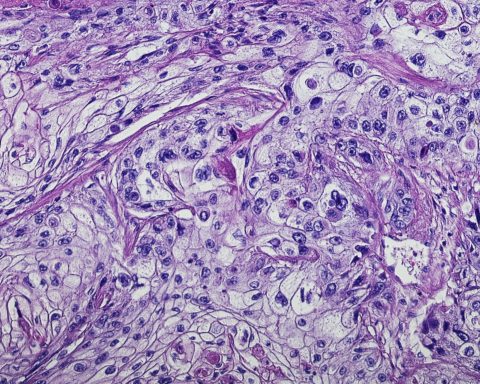This article is written by Drs Sarah Mitchell, Sarah Hillman, David Rapley, and Professor Jeremy Dale from the Unit of Academic Primary Care based at Warwick Medical School.
The general practitioner (GP) home visit has long been regarded core to general practice in the UK and Western Europe (1). However, at the recent Local Medical Committee Conference in November 2019, after heated debate about GP capacity to deliver home visits, a motion was passed with 54% of the vote, to instruct the General Practitioners Committee (GPC – the negotiating arm of the British Medical Association) to “remove the anachronism of home visits from core contract work”. 74% of voters backed a motion to “negotiate a separate acute service for urgent visits”. Health Secretary Matt Hancock immediately rejected the outcome of the vote, promising extra resources for training and funding for more GPs and practice staff.
For others, home visits are considered core to general practice.
What is unclear is the extent to which the debate about home visiting is intended to highlight the pressure that primary care is under, or whether it is truly about the value of home visits. The building pressure and demand on primary care is well documented and forms the basis of a number of high profile campaigns. The growing complexity of the aging population, with highly complex multi-morbidity, and diverse family and social situations, plays an important part. So do many other factors, many of which are eloquently listed by GP Dr Margaret McCartney on Twitter following the LMC vote; managing the problems caused by drug shortages, missed hospital appointments, supporting patients with troublesome symptoms when hospital outpatient appointments or surgery is delayed, and writing letters of support for employment tribunals and housing applications. Perhaps by addressing some of these, as Dr McCartney suggests, GPs would have more time to visit housebound and highly vulnerable patients, including those approaching the end of life.
It is striking that the GP home visit has practically no evidence base to enhance understanding of its purpose or role.
Furthermore, current training in home visits is limited. For GP trainees, their home visits may not be observed or monitored and they receive little guidance or feedback on how best to conduct the visit. Barriers to assessment include logistical constraints, staff and safety concerns (4). Summative assessment of home visits (within the MRCGP Clinical Skills Assessment) occurs in only half of exams and not in a realistic setting. Formative assessment tools (Clinical Observational Tools COTS) for home visits are lacking.
There are also significant challenges in undertaking accurate clinical assessments of a patient’s condition.
In 2003 when the last major reorganisation of the GP contract occurred, 24/7 care was removed. Such changes in out of hours care provision have been associated with compromised continuity of care and subsequent increased rates of admission to hospital during out of hours periods. Given that those whom GPs visit are among the most complex and frail in the community it is likely that removing home visits may result in a higher hospital admission rate, overburdening an already over-stretched secondary care system.
Visits to patients living with medical and social complexity, and those needing continuity of care, must be carried out by GPs.
More research is required to inform debate about home visits and the GP contract, particularly taking into account the diverse views that seem to exist amongst GPs. However, robust research will be challenging because the home visit is a complex, multifactorial process, rather than a discrete intervention. Research is needed to provide increased understanding into the nuances and impact of the GP home visit, who it provides benefits to, how, when and why. This would form an important evidence base to inform not only the debate about contract decisions but also the future training and development of the primary care workforce to deliver timely and effective care in the community, and should be considered an urgent priority by research funders and academics in primary care.
References
1. Aylin P, Majeed A, Cook DG. Home visiting by general practitioners in England and Wales. Br Med J. 1996;313:207-10.
2. Magin P, Catzikiris N, Tapley A, et al. Home Visits and nursing home visits by early-career GPs: a cross sectional study. Fam Pract. 2017;34(1):77-82.
3. Tanuseputro P. Beach S, Chalifoux M, et al. Associations between physician home visits for the dying and place of death: A population based retrospective cohort study. PLoS One. 2018;13(2):e0191322.
4. Mui E, Pham TT, McMurren CE. Family medicine training in house calls: Survey of residency program directors across Canada. Can Fam Physician. 2018;64:e498-e506.
5. Lasserson D. Interface medicine: a new generalism for the NHS. Br J Gen Pract 2017;67(664):492-3.






